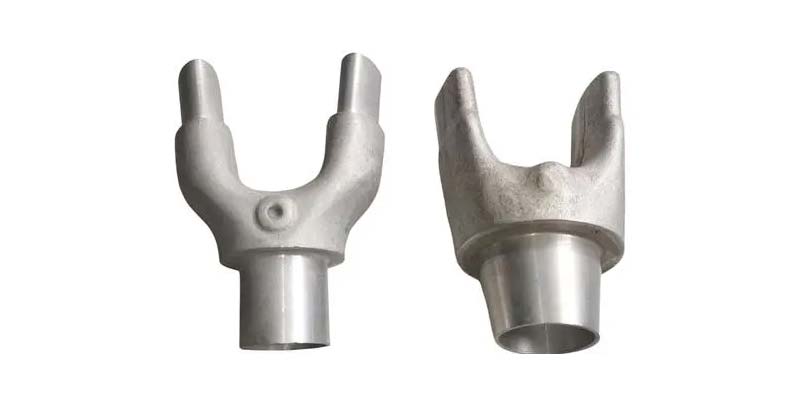- Contact Innally, Let you purchase forgings in China more favorable prices, products more assured!
- Hotline:+(86)15038323776 Email:innally@innally.com
Classification of bicycle front fork forgings
- Category: Bicycle forgings, Steel forgings
- |
- Date: 21/08/2023
Therefore, the classification of front forgings is not strictly exclusive, and there may be a combination of multiple materials and structures in practical applications.
- Can be customized on demand
Product Details
Bicycle front fork forgings can be classified as follows according to their structure and materials:
Rigid front fork forgings: Rigid front forks are more commonly used on road bikes or racing bikes and have advantages in providing more direct force transfer and higher steering stability. Rigid front fork forgings are made of materials such as one-piece forging or aluminum alloy and are usually lighter.
Elastic front fork forgings: Elastic front forks are used on mountain bikes and city bikes to provide better shock absorption and comfort. Elastic front forgings are usually made of carbon fiber composite or steel and absorb road vibrations through the elastic properties of the material.

Steel front fork forgings: Steel front forks are the main material of early bicycle front forks, and are still widely used due to the durability and workability of steel. Steel front forgings have high impact resistance and durability while ensuring stability and bearing capacity.
Carbon fiber composite front fork forgings: Carbon fiber front fork forgings have excellent lightweight and impact resistance and are a common choice on high-end bicycles and race bikes. The manufacturing process of carbon fiber composite front forgings is more complex, but it can provide better comfort and shock absorption effect.
It should be noted that with the continuous progress of technology, there are also many applications of mixed materials in modern bicycle front fork forgings, such as the combination of carbon fiber and aluminum alloy, to achieve a better balance in terms of lightweight, strength and rigidity.
Therefore, the classification of front forgings is not strictly exclusive, and there may be a combination of multiple materials and structures in practical applications.
nannan
INNALLY mainly provides you with various types of cast and forged parts products. Welcome your inquiries! innally@innally.com
Related Products
Search
Forging center
- Steel forgings
- Aluminium alloy forging
- Titanium alloy forging
- Stainless steel forging
- Copper forging
- Automotive forgings
- Locomotive forging
- Bicycle forgings
- Motorcycle forging
- Rigging and fasteners
- Bearing forging
- Electric power fittings
- Marine forging
- Mechanical forgings for metalworking
- Mining machinery forgings
- Marine engineering forgings
- Construction machinery forgings
Popular product

© 2025. All Rights Reserved.






